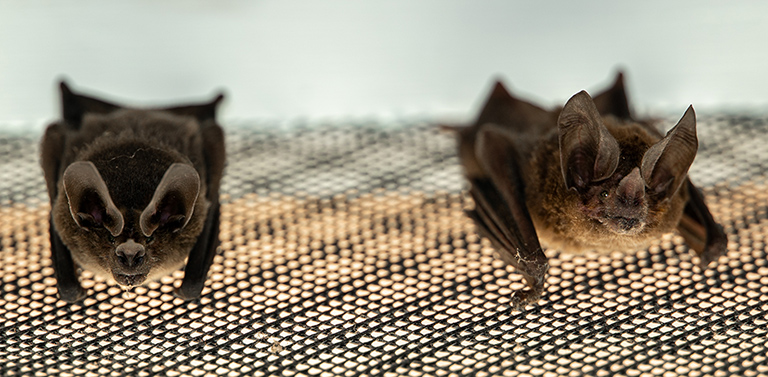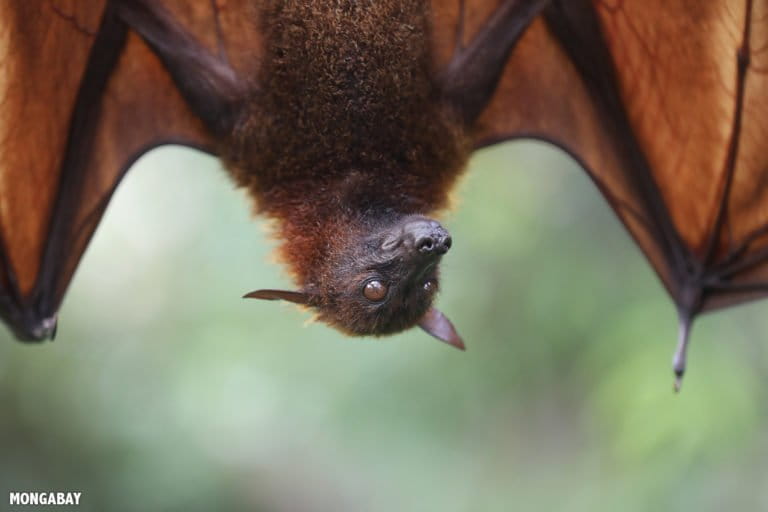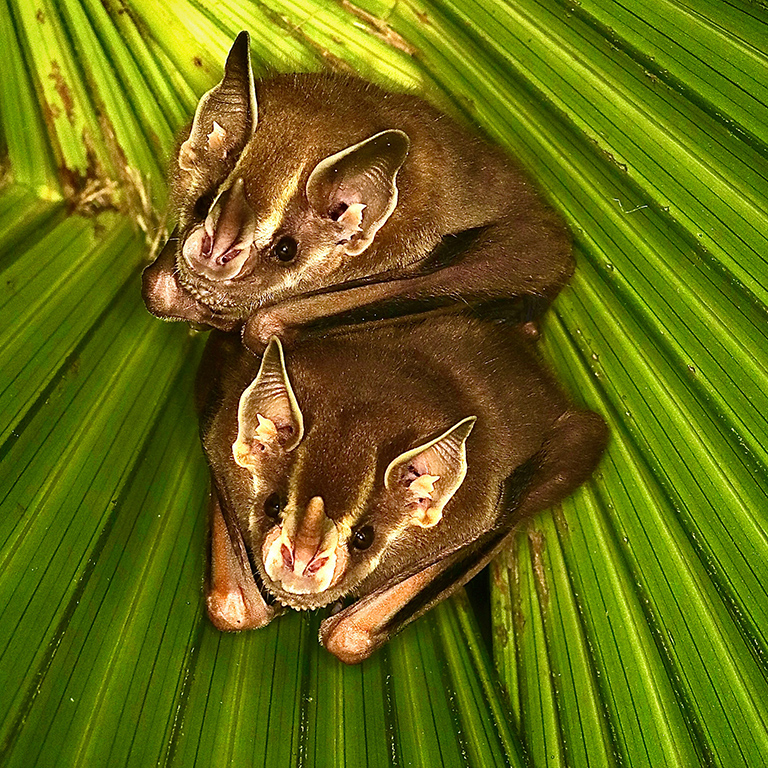- Bats seem to be among the least popular of all animals. Covid-19 hasn’t helped their reputation. But we’ve gotten them all wrong. As you drink a Margarita, think of why that may be.
- Through pest-control, pollination, and seed dispersal of agricultural crops, bats play a critical role in our collective well-being, yet they are commonly scapegoated and persecuted as vectors of disease, writes Enrique G. Ortiz, Senior Program Director at the Andes Amazon Fund.
- The time has come for us to recognize bats contributions and treat them as the magnificent creatures they are, he argues. We need to protect them and their habitats.
- This post is a commentary and does not necessarily reflect the views of Mongabay.
Much is being said lately about wild animals and epidemics. And it is true, the majority of viral emergent epidemics start in animals and are passed on to humans, in what is called a “zoonotic” transmission. Humans are the perfect target for epidemics, pathogens and parasites. We are many, mobile, and live in large concentrations. As the zoologist Russell Mittermeier describes it, we are the “meat market” for them.

It is important to realize that the risk is not only posed by wildlife species, as some media suggest. Domestic and domesticated animals, including those closest to us, might be even more dangerous. Pigs, cows, chickens, salmon, dogs, and cats are by far the most abundant animals on earth (60% of animal biomass). It is not surprising that we have already had many epidemic outbreaks that originated from them, as was the case with the swine flu, avian influenza, and mad cow disease, among others. Our obsession with eating meat has its consequences.
But it is quite surprising that, from all the different animal species (excluding insects and other invertebrates), our attention in relation to zoonosis has focused mainly on one group: bats. Apart from the possibility that COVID-19 may have been passed on from one bat to humans (perhaps with pangolins as intermediaries), these animals never were on the list of our favorites, as pandas, marine turtles, or whales may be. We fear bats, and in general, reject them and despise them. This hostility has recently reached an extreme in Cajamarca, Peru, where — motivated perhaps by the ongoing COVID-19 epidemic — people torched caves in order to exterminate them. Why have we picked on this specific group of animals, instead of protecting and admiring them?

More than anything, bats are a fascinating group because of their ecology and diverse adaptations. Some migrate between continents, and others hibernate. Some form colonies by the thousands and some are solitary. There are ones that eat insects, fruits, seeds, nectar, fish, and even some that hunt other animals, such as birds, frogs or even other bats. The ecological importance of bats is immense. They are pollinators, seed dispersers, and biological control agents, among other multiple functions. One study in the U.S. estimates the economic contribution of bats to agriculture to be in the order of more than 50 billion dollars per year, excluding all the savings in pesticides. To put it into perspective, without bats there would be no bananas or mangoes on our tables!
There are different reasons that could explain the animosity to bats. Among them is the bats’ “dark” habitat, their particular appearance, and perhaps more than anything else, their association with rabies. Bats are mainly nocturnal, largely because they occupy the ecological niche that birds fill during the day, and because of the security that the night offers. For many, their appearance is unappealing. However, both the Incas and I would dispute that, (it is said that the Inca lords Atahualpa and Pachacutec wore elegant capes made of bat skins). In my career as a biologist I have handled many types of bats -including vampires, and have to say it, I do not consider them ugly at all. Some are very tiny, some have enormous ears like elephants, some are bright yellow, and there are even white ones like snow. Their fur is extremely fine, and the texture of their wings resembles latex. I have captured bat mothers in flight carrying their babies attached to their nipples, and it is one of the most beautiful sights in the world. A matter of taste.

Yes, bats can carry rabies, but they are not the only ones to do so. There is a long list of animals (including raccoons and foxes) that spread rabies, even more frequently than bats. These carriers pass the rabies virus to other animals such as dogs and cats, being the latter the principal transmitter to humans. Very few individual bats or vampires carry the rabies virus. I, together with many field biologists (mainly working in the Amazon) have been bitten by vampires without any consequences. Although more than 50 thousand rabies cases are reported worldwide (most of them deadly), bat-related rabies cases are very rare. And it is here where the vampire bat food specialization -the only species that exclusively feeds on blood, makes them into sad celebrities.
Indeed, bats are carriers of various types of virus that could be potentially pandemic, including rabies, EBOLA, MERS, SARS-CoV 1 y 2. However, is there anything in their physiology, something innate to them, that makes them prone to be carriers of dangerous virus? According to a study recently published in Proceedings of the National Academy of Sciences, the answer is a definite No! It is more a matter of numbers and proportions. Bats belong to the “Chiroptera” taxonomic Order with more than 1200 species, and -after rodents, are the second most biodiverse group among all mammals of the animal kingdom. The frequency of zoonotic virus in mammals is directly proportional to the number of species within the taxonomic group. That means, rodents have more of them than bats, and bats have more than the rest of other mammals.

Seeing bats within this context, we should not only absolve them from their bad reputation, but also protect them. We should realize that zoonotic transmissions occur when we meddle with wild animals, and that the “horseshoe bat” from China never wanted to be someone’s dinner. So, for your next happy hour, raise a glass of a Margarita (made with Tequila from bat pollinated agave) and make a toast with gratitude. Long live the bats!
This article was adapted by Ortiz from a version published in La Mula, a Peruvian publication.
